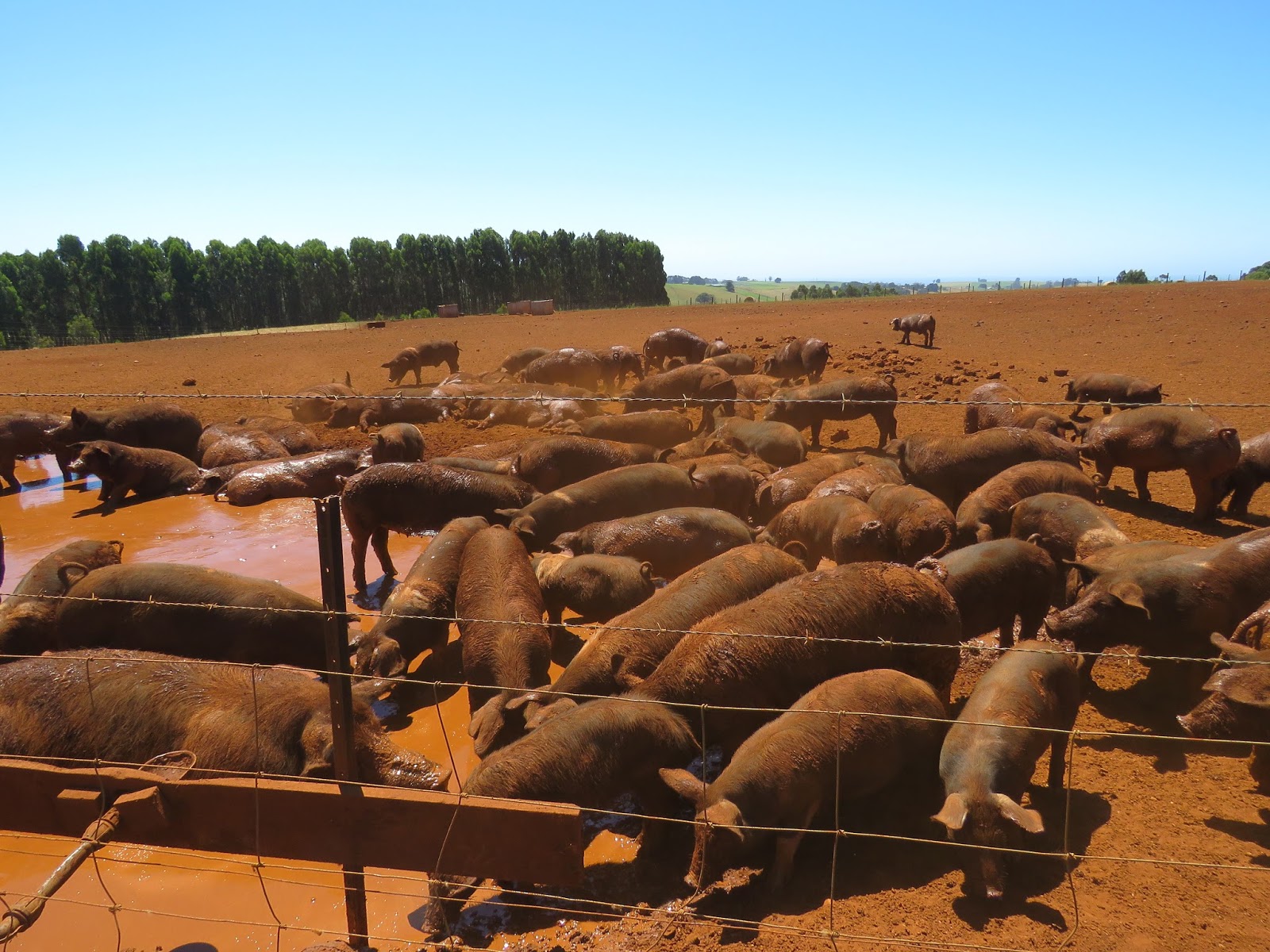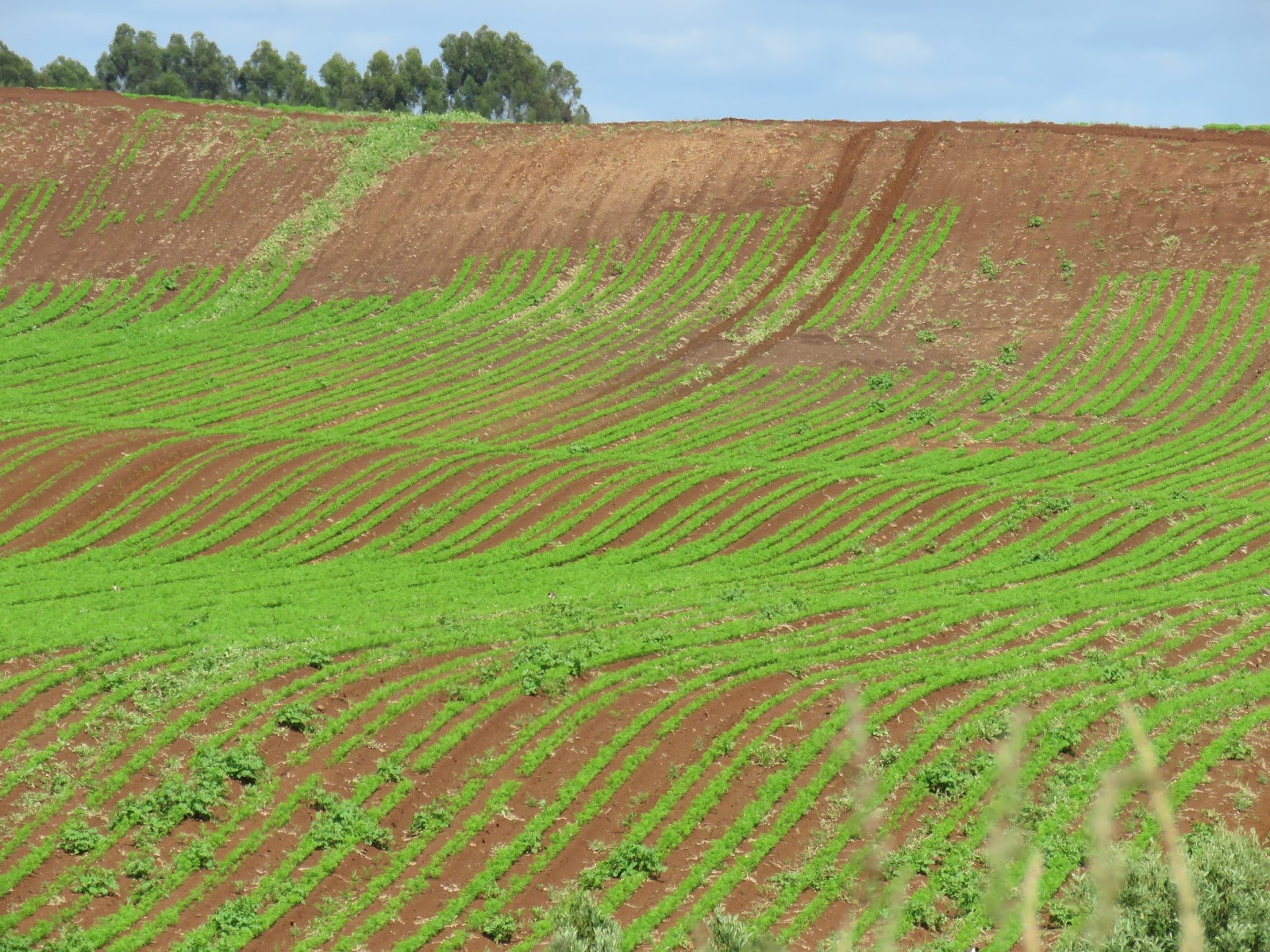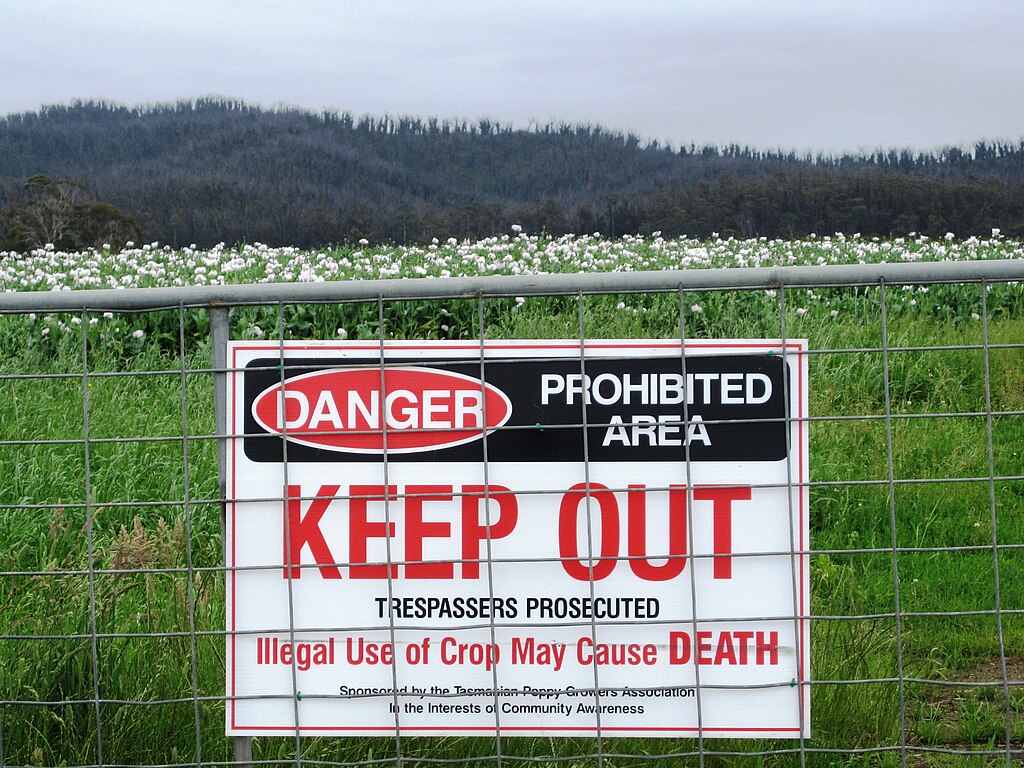 |
| Brett has spent the past 40 years building his beer memorabilia collection. |
On January 9th, we received the following email from Brett Allison, a neighbor of Terry’s whom we’d yet to meet. Upon reading the following email, it was easy to assume that such a collection could be modest or consist of boxes of empty beer cans along with a few other items.
 |
||
As soon as we entered Brett’s home to find this circular entryway, we anticipated something interesting and unusual was on the horizon. We weren’t disappointed.
|
“Hi, I’m from Penguin, and I know Terry Owens. I actually live near opposite his place. I’m a collector of breweriana and I was wondering if you were interested in viewing it. Its a rather large collection of anything to do with beer.. plus I have travelled extensively in Australia and over seas so I’m always interested in hearing what other people’s views are … I’m home tomorrow, (I have another collector calling at 9.30 am tomorrow they should be on their way by mid-afternoon),Wednesday and Thursday then I go to Hobart for the Australian “convention” which we have in January each year at a different state.. looking forward to your reply , cheers Brett Allison.”
 |
| As soon as we entered Brett’s lower level our mouths were agape in sheer wonder over his extensive collection of beer-related memorabilia called “breweriana.” Who knew such a hobby even existed? |
 |
| His collection of breweriana includes hundreds of tap handle knobs neatly organized and displayed in his handmade glass cabinets. |
After word was out that we were sharing stories of various local businesses, we were all over the opportunity to highlight one more business as our time in Penguin dwindled down to less than a week.
 |
| There are literally thousands of empty beer cans, drained from the bottom to preserve the integrity of the flip tops. |
We planned to arrive at Brett’s home between 1:00 and 2:00 pm. However, the short drive and ease of finding Brett’s house (nothing is hard to find in Penguin) led us to believe we’d be in and out in no time and on our way back to our vacation home in time to prepare an early dinner, after a quick stop at the local market for a few items.
 |
| He has a wide array of draft beer handle knobs. |
Upon entering Brett’s home, he directed us to the ground floor level, after we’d walked up a flight of stairs to enter at his front door.
Many homes in Australia have what we from Minnesota consider a basement when in fact they are ground-level areas with the living areas above. In many cases, this allows for “tuck under” garages, work and storage spaces.
 |
| Tom was thoroughly enjoying this collection, although he’s not an avid beer drinker. It’s a guy thing. I found it particularly interesting due to Brett’s organizational skills and the vast nature of the collection. |
As we entered this area, our mouths were agape at what we saw before us…a collection like none other we’d ever seen or imagined. We were both in awe of the professional manner of Brett’s vast collection and organizational skills.
 |
| Every wall in the ground level of his home was highlighting his enormous collection. |
Not only was his collection neatly displayed but he’d handmade most of the cabinetry displaying his priced collection. Immediately, he and Tom embarked on a lengthy discussion of beer, breweriana and of course, beer drinking in general.
 |
| His collection consists almost entirely of beer memorabilia from Australia. |
Brett offered us beer, but we both graciously declined. I don’t drink beer (due to the hops derived from wheat), and Tom only drinks beer on rare occasions
 |
||
An enthusiastic and experienced world traveler, Brett often travels to “can” shows throughout Australia and the world.
|
Other than that one night, we joined Terry, Fran, and Gerard for happy hour at the Renaessance Café (click here for the post from that evening). In contrast, in Penguin and one other evening during which we sat on the front veranda sipping wine, neither of us has had any alcohol during our time here in Penguin.
 |
| Brett built these innovative folding cabinets in the past year o accommodate his growing collection and protect the cans from fading as the sun filters in from a skylight. |
We’d had our fair share of complimentary alcoholic drinks on the previous 33-night cruise circumventing Australia and most likely won’t drink anything again until the next cruise beginning on March 1, 2017.
 |
| These cabinets can be fully opened or displayed, as shown in this photo. |
Expecting we’d stay at Brett’s home for a short period, I literally had to drag Tom out the door when we needed to be on our way and, to let Brett get back to the remainder of his day and evening.
 |
| A variety of toy beer trucks and service vehicles. |
 |
| The beer cans were displayed with the precision befitting a library, organized, categorized with finite detail. |
Needless to say, we had an exciting education on a topic we’d never anticipated we’d encounter in our world travels, breweriana. Thank you, Brett for sharing some of your beer collecting stories along with your vast experience in world travel.
 |
| Beer tapper and handle located in the bar area near his hundred signs. |
Funny, it was almost a year ago when we were living in New Zealand that we encountered AmeriCARna (yep, spelled corrected) and traveled to a small town to see a collection of antique American cars. (Please click here for that post). Who knows what we’ll encounter in our travels? There are always pleasant surprises!
 |
| Tap handles and tap tops. |
Have a glorious day!
Photo from one year ago today, January 13, 2016:
 |
| A ship sailed its way through Doubtful Sound in New Zealand. Unfortunately, it was a dreary day, but we all enjoyed the scenery anyway. For more photos, please click here. |


























































































































